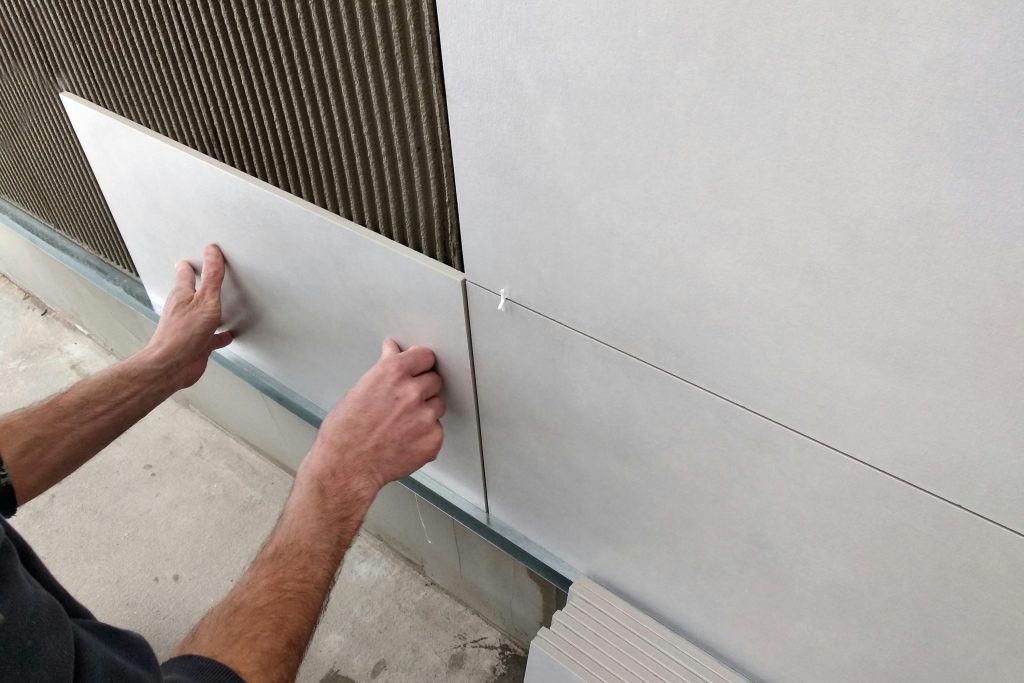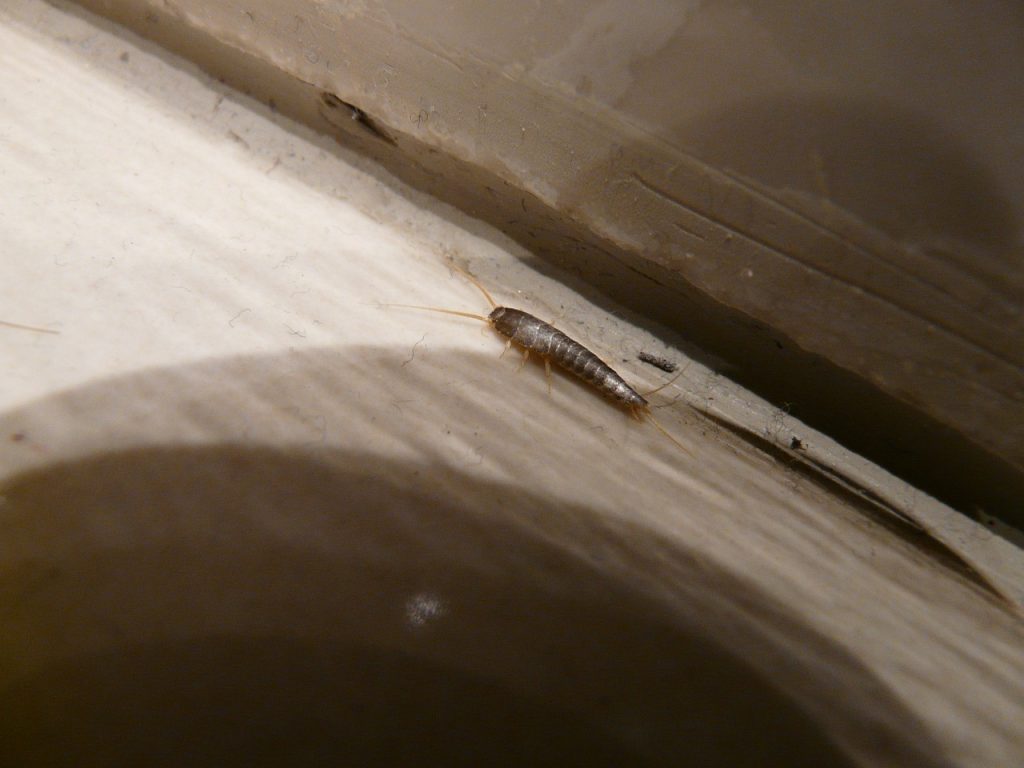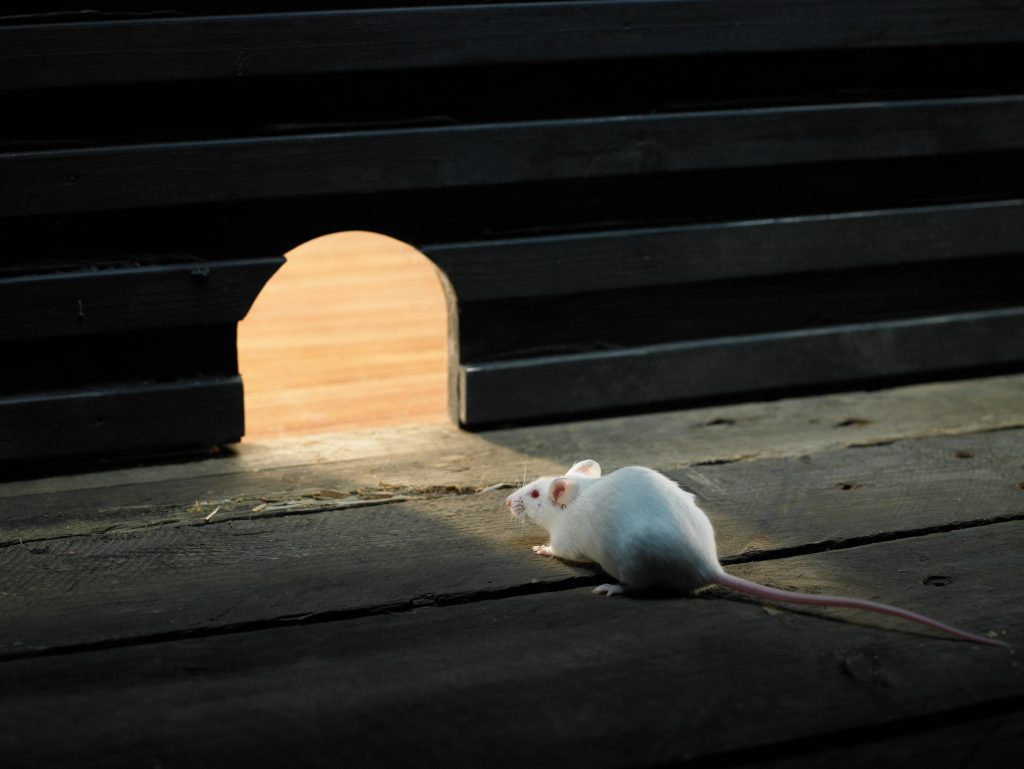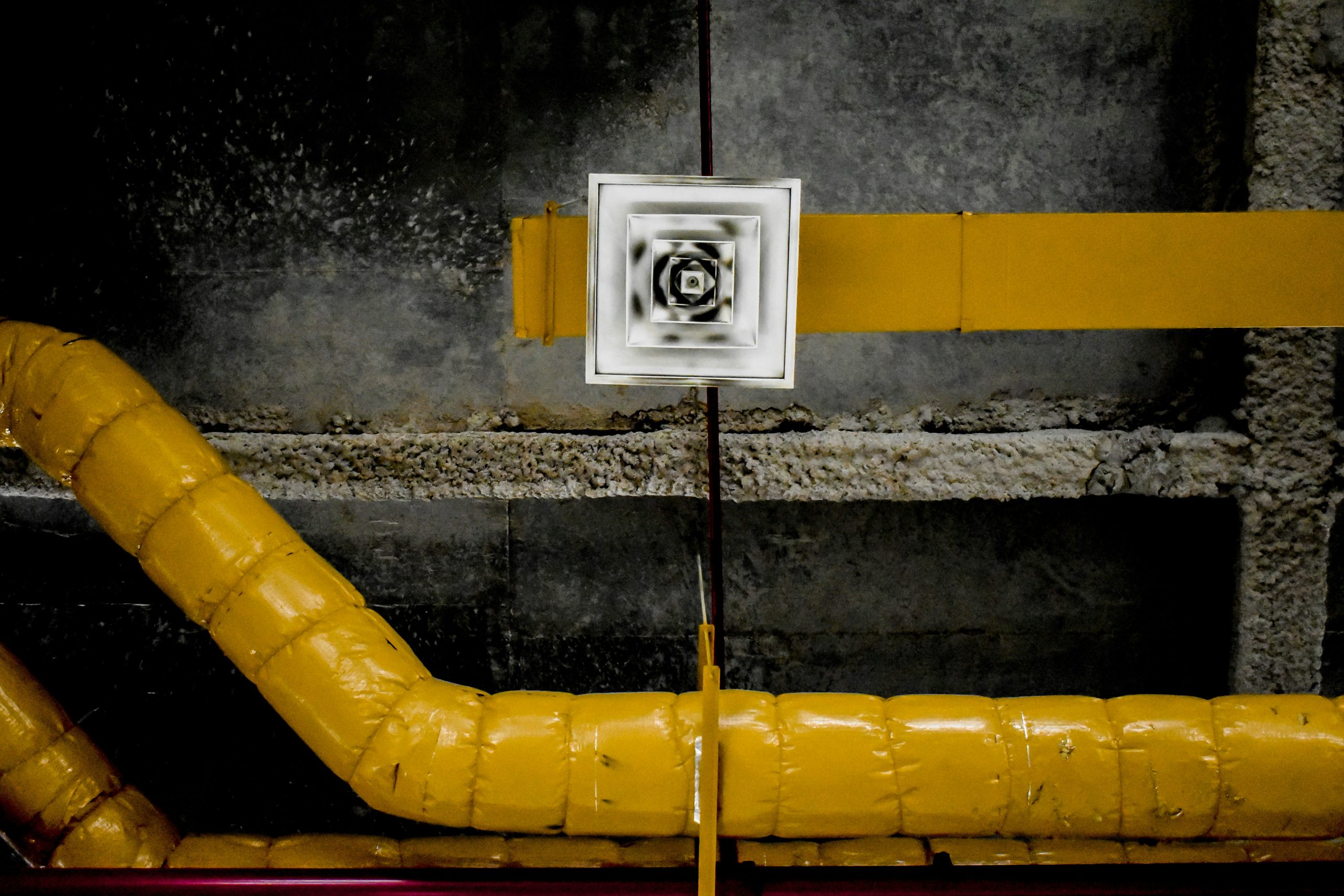In wall pest control is an innovative and discreet method to manage and prevent pest infestations in homes. This system integrates pest control measures directly into the construction of a home, ensuring that pests are kept at bay without the need for frequent, visible interventions. In this blog post, we’ll explore how an in wall pest control system works, its benefits, and considerations, providing you with valuable insights into this effective pest management solution.
What Is In Wall Pest Control?
An in wall pest control system involves installing a network of perforated tubes within the walls of a home during construction. These tubes are connected to external treatment ports, allowing pest control professionals to inject pesticides directly into the walls. This method targets pests where they commonly harbor and breed, providing a long-lasting barrier against infestations.
How In Wall Pest Control Works

Learn the innovative process behind in wall pest control systems, and how it can effectively manage pest infestations within your home’s walls:
Installation
Pest control tubes are installed during the construction phase, typically after the electrical wiring is completed. The tubes are strategically placed within the walls, focusing on areas prone to pest activity, such as near doors, windows, and plumbing.
Pesticide Injection
Periodically, a pest control technician injects a precise amount of pesticide into the tubes from the external ports. This pesticide disperses within the walls, creating an inhospitable environment for pests.
Maintenance
The system requires regular maintenance, usually on a quarterly basis, to ensure the pesticide remains effective. This maintenance involves refilling the tubes with fresh pesticide and checking for any potential leaks or damage.
In Wall Pest Control Pros and Cons

Let’s explore the in-wall pest control pros and cons to see if it’s the right solution for your home:
Pros of In Wall Pest Control
Discreet
One of the primary advantages of an in wall pest control system is its discreet nature. The entire system is installed within the walls of your home, meaning there are no visible traps, sprays, or other pest control devices to interfere with the aesthetics of your living spaces. This hidden setup ensures that pest management efforts do not detract from the appearance and comfort of your home.
Effective
In wall pest control systems are highly effective because they target pests directly in their hiding places. By dispersing pesticides within the walls where pests like silverfish and earwigs commonly reside, these systems provide a thorough and continuous solution to pest infestations. This direct approach helps eliminate pests at their source, ensuring a more comprehensive and long-lasting pest control outcome.
Safe
Safety is another significant benefit of in wall pest control systems. Since the pesticides are contained within the walls, there is minimal exposure for residents, making it safe for children and pets. This containment reduces the risk of direct contact with chemicals, making it a safer option compared to traditional pest control methods that often involve spraying pesticides in living areas.
Convenient
The convenience of in wall pest control systems cannot be overstated. Maintenance and pesticide refills are performed from external ports located outside the home, meaning technicians can service the system without needing to enter your living spaces. This external servicing minimizes disruption to your daily routine and allows for easy, hassle-free pest control maintenance.
Cons of In Wall Pest Control

Initial Cost
One of the primary drawbacks of in wall pest control systems is the initial cost. The installation process, which involves placing a network of tubes within the walls during the construction phase, can be more expensive compared to traditional pest control methods. This higher upfront investment might be a consideration for homeowners who are budget-conscious or looking for more cost-effective initial solutions.
Installation Timing
The timing of installation is another potential downside. In wall pest control systems are most effective when installed during the construction of a home. Retrofitting these systems into existing structures can be challenging and costly, often requiring significant modifications to walls and other parts of the home. As a result, homeowners of older properties might find it less feasible to implement this type of pest control system.
Maintenance Required
Regular maintenance is essential to ensure the ongoing effectiveness of a pest control system in walls. This maintenance typically includes periodic refilling of pesticides and checking for any potential leaks or damages within the tubing network. These regular service appointments can add to the overall cost and require consistent scheduling, making it a more involved and potentially expensive option compared to some traditional pest control methods that might require less frequent attention.
In Wall Pest Control Do It Yourself Installation
While the installation of an in wall pest control system is best left to professionals due to the complexity and precision required, homeowners can try a in wall pest control DIY solution. Regularly checking external ports for damage, ensuring the pest control tubes in the walls are not blocked, and scheduling professional maintenance are key aspects of DIY pest control system upkeep.
Home In Wall Pest Control Tubes DIY Pesticide Injection
For those considering a DIY approach to maintaining their in wall pest control system, it’s crucial to use the correct pesticide and follow safety guidelines. Always consult with a professional before attempting any DIY pesticide injections to ensure proper handling and application.
How to Find Pests in Your Walls

To effectively use an in wall pest control system, it’s important to know where pests are likely to hide:
Check Damp and Dark Areas
Pests such as silverfish and earwigs are often found in damp, dark areas where moisture is prevalent. Basements, bathrooms, kitchens, and laundry rooms provide the perfect conditions for these pests to thrive. Regularly inspect these areas, especially around plumbing fixtures and appliances, to identify any potential infestations.
Inspect Cracks and Crevices
Cracks and crevices around your home offer ideal hiding spots for pests. Use a flashlight to thoroughly examine gaps around baseboards, pipes, vents, and electrical outlets. These small openings can provide entry points for pests and allow them to nest within your walls, so it’s essential to seal any cracks and monitor these areas regularly.
Look for Signs of Activity
Identifying signs of pest activity is key to detecting infestations early. Look for droppings, shed skins, or damage to paper, fabric, and other starchy materials. Silverfish, in particular, may leave behind yellow stains or small holes in clothing, books, and wallpaper. Noticing these signs early can help you take prompt action to control the pest population.
Monitor Moisture Sources

Since both silverfish and earwigs are attracted to moisture, it’s important to monitor areas prone to leaks or excess humidity. Inspect under sinks, around plumbing fixtures, and near water heaters for signs of moisture accumulation. Addressing any leaks or humidity issues can help reduce the likelihood of pest infestations and create a less hospitable environment for these pests.
In Wall Pest Control Tubes
Pest control tubes in walls are designed to distribute pesticides evenly within the walls, targeting pests where they live and breed. This system is effective against a variety of common household pests, providing a comprehensive solution to pest control in walls.
In-Wall Pest Control System Cost
The cost of installing an in wall pest control system can vary based on the size of the home and the complexity of the installation. While the initial investment may be higher, the long-term benefits and reduced need for frequent external treatments can make it a cost-effective solution for many homeowners.
FAQs About In wall Pest Control

What Pests Can Be Controlled with an In Wall Pest Control System?
An in wall pest control system is effective against a range of common household pests, including ants, roaches, silverfish, and earwigs. However, it may not be suitable for controlling larger pests like rodents or for addressing severe infestations.
How Often Should the In Wall Pest Control System Be Maintained?
Regular maintenance is typically required on a quarterly basis. This involves refilling the pesticide tubes and checking for any potential leaks or damage to ensure the system remains effective.
Can In Wall Pest Control Be Added to Existing Homes?
While it is possible to retrofit an in wall pest control system into an existing home, it is more challenging and costly compared to installing it during the construction phase. Consulting with a pest control professional can help determine the feasibility and cost of retrofitting.
Are There Any Health Risks Associated with In Wall Pest Control?
When installed and maintained properly, an in wall pest control system poses minimal health risks to homeowners. The pesticides are contained within the walls, reducing direct exposure. Always use a licensed professional for installation and maintenance to ensure safety.
How Does In Wall Pest Control Compare to Traditional Methods?
In wall pest control offers several advantages over traditional methods, including targeted pest control, reduced pesticide exposure, and discreet operation. However, the initial installation cost and the need for regular maintenance should be considered when choosing the best pest control solution for your home.
For more information on in wall pest control systems and to schedule a consultation, contact NaturalCare Pest Control today. Our team of experts is dedicated to providing safe, effective, and eco-friendly pest management solutions to protect your home.


